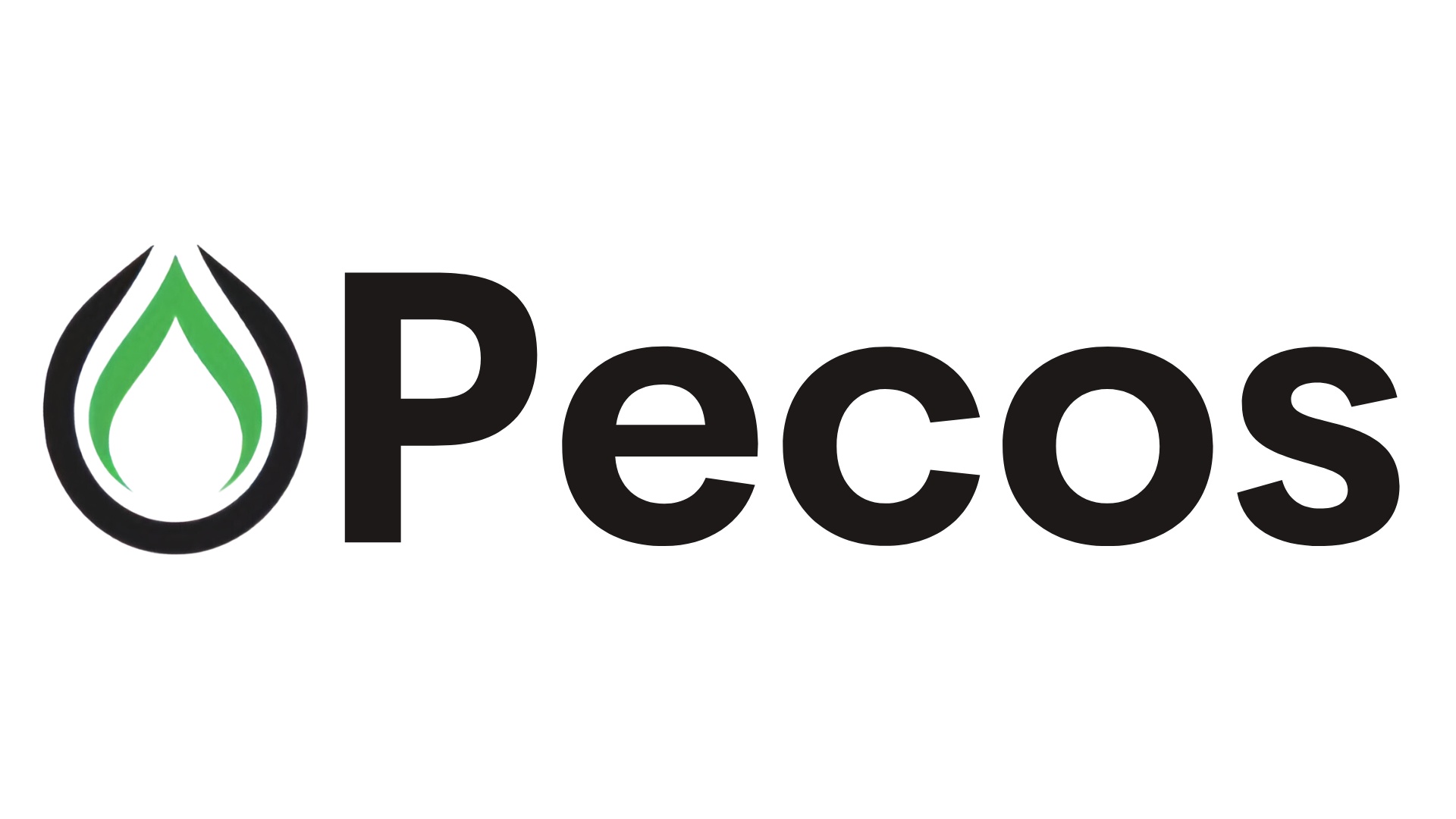Energy News Beat
Why hasn’t the messianic urge for “efficiency” hit the tech industry?
Argument
American AI Is High on Its Own Supply
Why hasn’t the messianic urge for “efficiency” hit the tech industry?

February 23, 2025, 8:21 PM Comment iconView Comments ()
The most powerful people in the United States are obsessed with spending more on artificial intelligence (AI). Besides Greenland and Gaza, President Donald Trump has signaled that he wants total dominance of the technology. Elon Musk wants OpenAI, a leading player, for himself. And OpenAI CEO Sam Altman is aiming for artificial general intelligence, or AGI, which mimics all human capabilities—and he’s pushing for “exponentially increasing investment” to get there.
Even as a hitherto obscure Chinese lab, DeepSeek, has demonstrated a cost- and energy-efficient approach to AI development, the U.S. tech industry has taken the present situation as its own Sputnik moment. Americans have derived all the wrong lessons: spend even more on AI; trust Chinese technology even less; and reach back to analogies from the 19th-century English coal industry to justify the seemingly unjustifiable 21st-century expenditures in AI.
The most powerful people in the United States are obsessed with spending more on artificial intelligence (AI). Besides Greenland and Gaza, President Donald Trump has signaled that he wants total dominance of the technology. Elon Musk wants OpenAI, a leading player, for himself. And OpenAI CEO Sam Altman is aiming for artificial general intelligence, or AGI, which mimics all human capabilities—and he’s pushing for “exponentially increasing investment” to get there.
Even as a hitherto obscure Chinese lab, DeepSeek, has demonstrated a cost- and energy-efficient approach to AI development, the U.S. tech industry has taken the present situation as its own Sputnik moment. Americans have derived all the wrong lessons: spend even more on AI; trust Chinese technology even less; and reach back to analogies from the 19th-century English coal industry to justify the seemingly unjustifiable 21st-century expenditures in AI.
Undeterred by proof that pretty good AI can be produced with a fraction of the planned spending, the major players have responded by upping the ante. Last year, CNBC estimated that AI investments added up to $230 billion; this year, Amazon alone plans to spend $100 billion on AI infrastructure, Alphabet will pitch in $75 billion, Meta’s bill could run up to $65 billion, and Microsoft will spend $80 billion on AI data centers in the fiscal year ending in June, with more to come for the balance of 2025. The so-called “Magnificent Seven” tech companies will now be spending more on capital investment than the U.S. government’s entire budget for research and development across all industries.
This showering of industry spending on AI is happening in the larger context of the U.S. public sector being stripped of people and resources in the name of efficiency. Ironically, a part of the new administration’s so-called efficiency plans involves replacing government civil servants with AI.
Why hasn’t this messianic urge for finding savings hit the private sector, where one would expect competitive market pressures to demand such discipline?
Three forces are in play; collectively, they are locking the U.S. industry into a trap.
A central argument for increased investment is a variant of the Jevons paradox, a theory that dates back to post-Industrial Revolution 1860s but is back in fashion in the proto-AI age.
The English economist William Stanley Jevons had argued that technologies that made more efficient use of coal would only make England’s coal-shortage problem worse by driving up demand for the fuel. The argument is intuitive—with greater efficiency, costs and, therefore, prices fall, triggering more demand and creating the need for more coal to meet the rising demand.
This logic is at the heart of the case that the leading AI players are making. In arguing for more investment, Alphabet CEO Sundar Pichai told the Wall Street Journal that “we know we can drive extraordinary use cases because the cost of actually using it [AI] is going to keep coming down,” while Microsoft CEO Satya Nadella posted on X in January, “Jevons paradox strikes again!” and went on to declare his own intentions to spend more.
There is no doubt that we are still early in our learning about AI’s many uses. But it’s unclear whether the technology’s uneven adoption picture will be improved simply by the availability of cheaper tools. According to a study conducted by Boston Consulting Group, only 26 percent of companies surveyed have derived tangible value from AI adoption, despite all the spectacular advances.
Worse yet, trust in AI has been declining. That trend is likely to persist; with fewer guardrails and regulations coming from the United States, the largest source of AI tools, this will act as a brake on adoption. More than 56 percent of Fortune 500 companies have listed AI as one of the risk factors in their annual reports to the U.S. Securities and Exchange Commission. Overall, business decision-makers have struggled to demonstrate an adequate return on investment in AI so far.
But will cheaper AI unlock greater demand for the technology—along with demand for more data centers and high-end chips in the proportions anticipated by these unprecedented levels of investment?
New frugal AI formulas are already in the market: DeepSeek alone has shown ways to economize on the computing power needed—through, for example, open-source models rather than proprietary ones, a “mixture of experts” technique that splits the AI’s neural networks into different categories, or even resorting to lopping off decimal places on numbers used in calculations.
Despite these new revelations, none of the major AI players have made the case for why they haven’t altered their strategies or R&D budgets. Lower prices alone may not drive up demand for more AI infrastructure, as Jevons’s theory about coal might suggest, and even if they did, there are far cheaper ways to assemble that infrastructure.
With hundreds of billions of dollars at stake, it is unwise to overlook the lessons of numerous earlier technological disruptions, where persistent heavy investments by incumbents led to massive destruction of value. What has frequently happened in these cases is that incumbents ignored the overturning of received industry wisdom by entrants armed with minimal investments but “good enough”—and, often, ultimately better—products.
Consider the examples of Kodak and the emergence of digital imaging, BlackBerry and the rise of the Apple iPhone and the apps ecosystem, Blockbuster being sidelined by Netflix, and so many more.
There is a second factor that is hard to ignore: The major AI players are locked into a mutually reinforcing and collectively binding embrace. Each of the major players has experienced near-term benefits from increasing investments in development. For Google, generative AI is an existential threat to its most lucrative business, its search engine, so the company had no choice but to invest to defend its most precious asset. Moreover, the company reports that 2 million developers are using its AI tools, and its cloud services revenue from AI has grown by billions.
Microsoft’s Azure AI has seen new revenues estimated to be about $5 billion last year, up 900 percent annually, and the company has experienced the number of daily users double every quarter for its AI-aided Copilot. Amazon, too, has earned billions from its AI-related cloud services and in driving operational efficiencies into its online retail businesses. Meta CEO Mark Zuckerberg hopes to be the “leading assistant” for a billion people (whatever that means) and to “unlock historic innovation” and “extend American technology leadership.” More pragmatically, Meta sees demand for data centers growing and wants to be at the forefront of serving that demand.
For Amazon, Google, and Microsoft in the near term, greater AI spending increases demand for their cloud services. Indeed, these companies have been giving each other business and driving up each other’s revenues, which keeps the mutually reinforcing justification for investing going for a while. As long as each player believes that all the others are going to keep investing heavily, it is not in the interests of any individual player to pull back, even if they harbor concerns privately.
In the language of game theory, this devolves into a suboptimal Nash equilibrium—a situation where every party is locked in, and it is not compatible with their incentives to unilaterally break from the industry’s norm.
A third force locking the industry into its flood of investment is the U.S. government and its geopolitical interests. The White House has sent several signals of its intention of ensuring U.S. domination in the AI industry and keeping Chinese technologies away from usurping that position. Tellingly, the ambitious $500 billion Stargate project, a new joint venture for building out AI infrastructure led by SoftBank and OpenAI with several other partners, was announced not in Silicon Valley but in the Roosevelt Room of the White House, just one day after Trump’s inauguration.
Even though DeepSeek surfaced just a few days later and seems poised to make such giant commitments look like overkill, construction of the first Stargate site is already underway in Texas. Vice President J.D. Vance took to the podium at the recent Artificial Intelligence Action Summit in Paris to advance an aggressive “AI opportunity” agenda and—with an obvious reference to China—warn against “cheap tech in the marketplace that’s been heavily subsidized and exported by authoritarian regimes.”
The Trump administration’s approach to championing the U.S. AI industry is one of the few areas where it has taken a page from the previous administration, which had systematically attempted to stymie China by limiting access to high-performance chips. But while the new administration plans via executive order to give the U.S. players free rein to build faster and bigger AI, it reserves the right to selectively make it difficult for companies that do not align with its political agenda. It does so with threats of regulations, lawsuits, or tariffs on key supply chain components.
The emerging rules of play are clear: Companies that fall in line and have strong ties to the administration will be better positioned to make plans without interference from Washington, get government contracts, benefit from federal spending on AI, and negotiate more forcefully with international regulators and other industry players.
Before the bubble bursts, it will be wise for at least one major player to signal a stop to the escalation. The first step to breaking out of a trap is to recognize that you are in one. The second step is to acknowledge that the rules of competitive advantage in your industry may have changed. The third is to have the courage to recognize technology that is “good enough” and defined not by the hardest number-crunching problem that it can solve but by the breadth of problems that it can solve for the largest number of people.
Can even one major player dare to break from the pack and aim not for the splashiest announcement on spending on AI, but for a new goal for the technology? How about aiming to make a meaningful difference to worker productivity—an aspiration that proved so elusive for AI’s predecessor, the internet?
This could offer courage to the others to follow suit and find a different—better—Nash equilibrium of mutual best responses. Now, that would be a real breakthrough.
Bhaskar Chakravorti is the dean of global business at Tufts University’s Fletcher School of Law and Diplomacy. He is the founding executive director of Fletcher’s Institute for Business in the Global Context, where he established and chairs the Digital Planet research program. His next book Defeating Disinformation (co-edited with Joel Trachtman) will be published by Cambridge University Press in January 2025.
AI
Read More

The AI Economy’s Massive Vulnerability
Subsea cables channel data and power, but they face escalating risks.

AI Is Infiltrating the U.S. Government
Trump’s actions are a distraction from the main order of business: the pursuit of fantastic profit through a surging industry.

Can Trump Power an AI Boom?
DeepSeek has exposed just how uncertain future AI energy demand is.
Sign up for Editors’ Picks
A curated selection of FP’s must-read stories.
By submitting your email, you agree to the Privacy Policy and Terms of Use and to receive email correspondence from us. You may opt out at any time.
✓ Signed Up
You’re on the list! More ways to stay updated on global news:
FP Live
✓ Signed Up
World Brief
✓ Signed Up
China Brief
✓ Signed Up
South Asia Brief
✓ Signed Up
Situation Report
✓ Signed Up
Latest
American AI Is High on Its Own Supply
February 23, 2025
Why Olaf Scholz Failed
February 22, 2025
Now That Trump Is Done With Europe, Will Germany Step Up?
February 21, 2025
Israel Vows Revenge for Hamas Failing to Return Shiri Bibas
February 21, 2025
Samuel Huntington Is Getting His Revenge
February 21, 2025
Latest
-
American AI Industry Is Caught in a Trap
February 23, 2025
-
Why Olaf Scholz Failed
February 22, 2025
-
Now That Trump Is Done With Europe, Will Germany Step Up?
February 21, 2025
-
Israel Threatens Gaza Cease-Fire After Hamas Fails to Return a Hostage
February 21, 2025
-
Samuel Huntington Is Finally Getting His Revenge on Francis Fukuyama
February 21, 2025
More from Foreign Policy
-

A security guard stands at the entrance to the U.S. Agency for International Development (USAID) headquarters on Feb. 3. DOGE Is Hacking America
The U.S. government has experienced what may be the most consequential security breach in its history.
-

A man with a beard in a suit and tie speaks behind a teleprompter. The logo for MSC is behind him. Vance Leaves Europe Gobsmacked
U.S. Vice President J.D. Vance delivered a rebuke on immigration and alleged censorship to a shocked Munich Security Conference.
-

A Palestinian girl carries a child through the rubble of houses destroyed by Israeli bombardment in Gaza City on March 3, 2024. Why Is the World So Polarized on Gaza?
The answer might be linked to race and colonization, explains author Pankaj Mishra, speaking on FP Live.
-

An attendee dressed like Uncle Sam waits for Donald Trump to arrive for a campaign rally at the Mosack Group warehouse on September 25, 2024 in Mint Hill, North Carolina. America Is Its Own Worst Enemy
It’s not unprecedented for a powerful country to simply shoot itself in the foot.
Trending
Latest
-
American AI Is High on Its Own Supply
February 23, 2025
-
Why Olaf Scholz Failed
February 22, 2025
-
Now That Trump Is Done With Europe, Will Germany Step Up?
February 21, 2025
-
Israel Vows Revenge for Hamas Failing to Return Shiri Bibas
February 21, 2025
-
Samuel Huntington Is Getting His Revenge
February 21, 2025
Sign up for World Brief
FP’s flagship evening newsletter guiding you through the most important world stories of the day, written by Alexandra Sharp. Delivered weekdays.
By submitting your email, you agree to the Privacy Policy and Terms of Use and to receive email correspondence from us. You may opt out at any time.
✓ Signed Up
The post American AI Is High on Its Own Supply appeared first on Energy News Beat.









